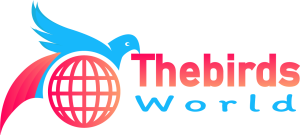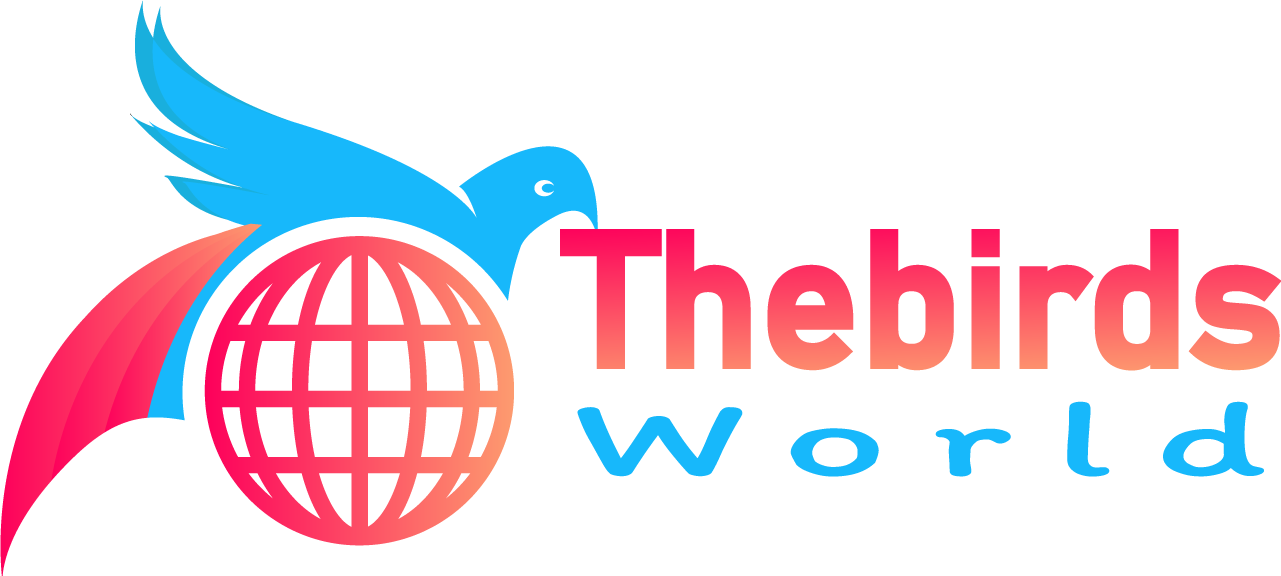Beautifully plumaged with spotted bellies and an array of vibrant colors like red, peach, yellow, and pale blue, northern flickers are one of the most interesting birds to both looks at and learn about.
Belonging to the woodpecker family, they are endemic to most parts of North America and inhabit woodland habitats with lots of long trees for them to nest and brood their babies in.
They make nests by excavating into trees, and this process is a shared effort between both parents.
A nest is excavated with an entrance hole that is about 2 – 4 inches wide, into which the eggs are laid.
Then begins their beautiful life cycle with the small baby birds turning into the wonderful birds we know and love.
Today we are going to look at two major stages in this bird’s life, the baby stage and the juvenile stage.
So without further ado, let us peck right into it!
What Do Northern Flicker Babies Look Like?
Once the nest is built and the cavity is deepened and widened for the babies and the brooding parents, the female northern flicker lays a clutch of about 5 – 8 eggs.
The eggs are pure white in color and have a very glossy finish. After an incubation period of about 11 – 13 days in which the incubation is shared by both parents, the hatchlings break out of the eggs.
None of the spotting or wonderful feathering is present on the baby bird at its time of hatching.
It is naked with pink skin as it is altricial in nature and hatch with only partial development done.
They have a sharpened egg tooth at the edge of their bill which is what they use to break out of the egg.
They are hatched with their eyes closed, and have no motor coordination as of yet, with clumsy jerky movements on the floor of the cavity.
Baby birds also have a wider mouth than their parents, with a little splash of color where their upper and lower mandibles meet.
What Is A Baby Northern Flicker Called?
Baby northern flickers do not have any specific names allotted to them and are given the general term of chicks.
They are also called different things on the basis of their stage of development.
They are called hatchlings when they are just hatched, nestlings when they are undergoing the nesting period under their parent’s wings, and fledglings when they have finally developed enough to explore the world beyond by themselves.
Northern Flicker Baby Size And Weight
Northern Flicker babies are tiny little things that weigh only about 1 ounce at the time of hatching.
They also only measure in at about 2 – 3 inches in height and are very little when scaled next to their majestic parents.
They are very clumsy as soon as they have hatched and spend most of their nesting period laying on the cavity floor.
What Do Northern Flicker Juveniles Look Like?
Now talking about the Juvenile stage of the Northern flicker.
After a nesting period that lasts about 24 to 27 days, the nestlings become fledglings wherein their feathers develop and they are finally learning their way around the cavity of feeding.
A stage that succeeds the fledgling state and precedes the adult stage is juvenile.
Juvenile northern flickers of both the “yellow-shafted” as well as the “red-shafted” look pretty similar, with most of their plumage being less vibrant when compared to the adults.
One of the defining characteristics of adult males is their red or black mustache-like facial stripe that starts at the base of their beak.
In juveniles, this stripe is pale orange in color and gradually darkens into the distinguishing dark mark.
Northern Flicker Juvenile Size And Weight
Northern flicker juveniles are pretty similar to adults in size and weight.
They are only slightly smaller in some regions, with their main distinguishing factor being their paler coloring and less frequent patterns.
Northern flicker juveniles measure about 9 – 11 inches in height and weigh about 3 – 4 ounces.
What Do Northern Flicker Babies And Juveniles Eat?
Northern flicker babies mainly eat the same thing that their parents do which is fed to them through regurgitation.
Their diet mainly consists of insects and insect larvae which are taken from leaves the insects lay their eggs.
This is then eaten by the parent birds, regurgitated or brought back out, and fed by mouth to the babies.
The juveniles also eat the same thing, but at this point, they are learning the ropes of foraging for the food themselves.
They eat a variety of insects like ants, flies, moths, beetles, bugs, and butterflies.
They also feed on insect larvae that they can usually find near their cavity on tree eaves or other vegetative parts, as well as those laid underground. Juveniles also feed on berries, nuts, seeds, and other plant parts.
When Can A Northern Flicker Baby Call, Sing, And Make Vocalizations?
It is usually when the baby bird just starts to get up and explore their cavity and look out through the entrance that they start to experiment with making its own sounds and calls. This happens at about a 3 weeks period when the baby starts off making high-pitched, fast-paced notes that are pretty monotonous.
As the baby bird enters its fledgling stage and is learning its first flight and such, it slowly learns the classic flickers calls of “ki-ki-ki-ki” and “Klee-yer”.
When Can A Northern Flicker Baby Fly?
After its nesting period that lasts about 25 days, the baby birds are done being holed up in their cavities and are excited to explore the world beyond.
Northern flicker babies fall in the medium-sized baby birds range and thus need about 3 weeks to a month for their wing bones to develop enough for them to attempt their first flight.
Once fledged, they quickly learn the ropes, usually having pretty fast and robust flight.
When Do Baby Northern Flickers Leave Their Parent’s Nest?
Baby northern flickers are fast learners and strong fliers and leave their parent’s nest almost soon after they fledge.
They leave their parents’ nest at about 24 – 31 days and learn how to hunt for their own meals and take care of their own selves pretty quickly.
If the fledglings or juveniles stay close to the nest even after several weeks, their parents will actually chase them away.
How Many Babies Do Northern Flickers Have In A Year?
Northern flickers have about one or two broods each year, in the spring and summer periods.
Each clutch has about 5 – 8 pure white, glossy eggs that take about 11 – 14 days of incubation to hatch.
A fun fact about their eggs is that the reason their eggs are pure white is so that the parents can see them in the darkness inside their cavities.
Conclusion
And that was everything you needed to know about these lovely little baby flickers!
We hope you learned something new today, and that we answered all your burning questions about these splendid little creatures.
Thank you for reading!
Related Articles You May Like


